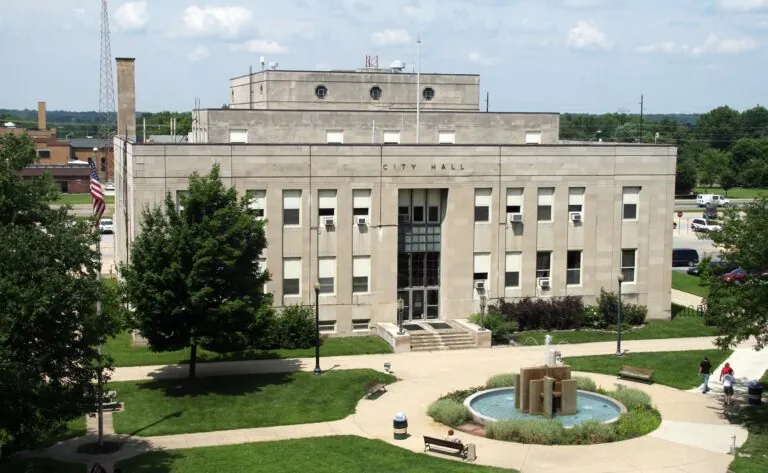This City Has Been Named The Most Depressed City in Pennsylvania
In a recent ranking by the travel website, Travel A Lot, Reading, Pennsylvania has been dubbed the most depressed city in the state. This disheartening distinction has brought attention to a range of socio-economic challenges faced by the city and the people who call it home. Travel A Lot’s assessment of Reading’s depression levels was based on several key factors, providing a sobering look into the city’s struggles. While the report does bring awareness to these issues, it is crucial to acknowledge that depression is a complex condition with numerous contributing factors, and the city’s woes are not solely defined by these statistics.
Unemployment Rate: A Sobering Reality
Reading’s unemployment rate of 6.5% is significantly higher than the national average of 3.5%. This statistic is a telling reflection of the economic challenges the city faces. High unemployment rates can lead to financial instability, which can be a significant source of stress and depression for individuals and families. Job security is essential for a thriving community, and this is a critical area where Reading appears to be struggling.
Median Household Income: A Financial Struggle
The median household income in Reading is $28,755, a stark contrast to the national average of $67,521. Lower incomes often mean limited access to essential services and can contribute to depression due to the stress of making ends meet. Economic disparities like these can create an environment where the pursuit of happiness is made immeasurably more challenging.
High School Graduation Rate: A Concerning Trend
The high school graduation rate in Reading is 60%, which is significantly below the national average of 88%. A high school diploma is a critical stepping stone toward financial stability and opportunities for employment. The lower graduation rate in Reading may be indicative of a larger problem within the city’s education system, which could be contributing to feelings of hopelessness among its youth.
Poverty Rate: Struggling to Make Ends Meet
Reading’s poverty rate of 26.6% is more than double the national average of 10.5%. Poverty can be a root cause of stress and depression, as individuals and families struggle to meet their basic needs. This struggle is compounded by limited access to healthcare and other resources that can aid in coping with depression. It is important to recognize that the cycle of poverty can be difficult to break without targeted interventions and community support.
Crime Rate: A Sense of Insecurity
Another concerning aspect is Reading’s higher-than-average crime rate. A higher crime rate can foster feelings of insecurity and unease within the community, contributing to a sense of hopelessness and fear. Addressing crime and community safety is an important step in improving the overall mental health and well-being of residents.
Lack of Job Opportunities: A Vicious Cycle
Reading’s lack of job opportunities is deeply intertwined with the high unemployment rate and low median household income. Fewer job prospects can create a cycle where individuals are unable to secure stable employment, which, in turn, contributes to the city’s economic challenges.
The Broader Picture
While Travel A Lot’s report highlights the stark challenges facing Reading, it’s important to emphasize that depression is a multifaceted issue. The factors mentioned are significant contributors to the city’s depression levels, but they don’t paint the complete picture. Social and cultural factors, access to mental health services, family dynamics, and individual experiences also play pivotal roles.
It’s vital that the city, state, and relevant organizations work together to address these issues comprehensively. Investing in education, job creation, and mental health support can help alleviate some of the burdens Reading residents face daily.
In conclusion
while the title of “most depressed city” is undoubtedly a sobering one, it should serve as a call to action rather than a stigmatizing label. Reading, Pennsylvania, like many other cities in the United States, is facing significant socio-economic challenges. Addressing these issues will require concerted efforts from government, community organizations, and individuals alike to improve the overall well-being of the city’s residents and offer them a brighter future.
Read More:







